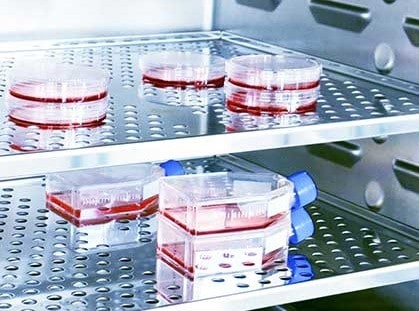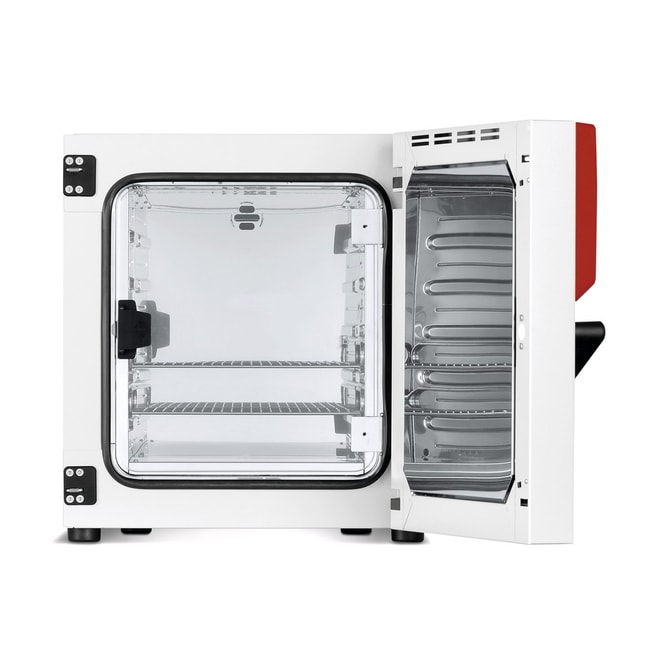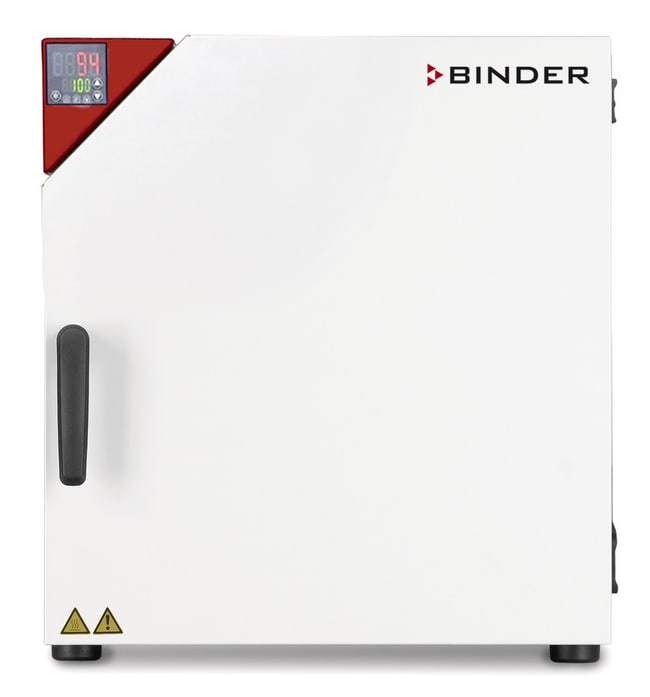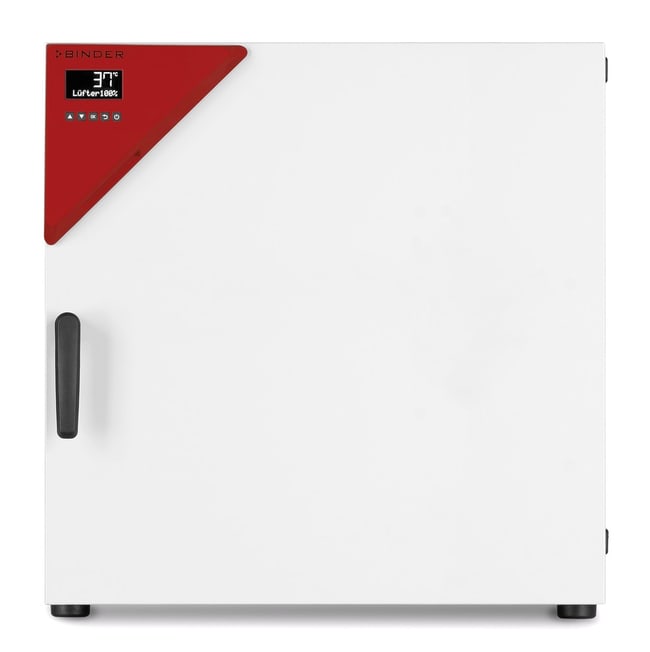The Many Realms in Which CO2 Chambers Show Their Strengths
CO2 incubators are being used to conduct research in laboratories across the globe. The Bioscience Institute Middle East, which is among the world’s leading centers for regenerative medicine, is also employing the services of an incubator. Here, for example, the unit is being used to process the body’s own cells and for plastic surgery applications. The cells – which are multiplied in an incubator – are also used in tissue repair as well as for orthopedic and dermatological treatments.
Regenerative Medicine
The Bioscience Clinic only uses skin and fat tissue specimens from adult (mature) cells. Using the body’s own cells eliminates the risk of rejection while also preventing complications through graft-versus-host disease (an unwanted reaction to the donor’s immune cells). To be even more specific: the CO2 incubators are predominantly used to incubate stem cells from mesenchyme tissue (undifferentiated connective tissue).
This is how it works: first, cells are extracted from fat tissue. This process is performed by means of enzymatic disaggregation (separation) using various filtration and centrifugation steps. The crucial stage here is the expansion (i.e. extracting as many stem cells as possible), which is why it is absolutely essential to create the best possible growth conditions.
Dr. Simona Alfano, a biologist at the Bioscience Institute Middle East explains: “When incubating the cells, it is vitally important for the selected parameters to remain exactly constant across all levels.”
And this is precisely where the CO2 chambers from BINDER come into their own – with their reproducible growth conditions, constant climatic conditions, low risk of contamination, and high level of safety.
The Coronavirus Pandemic
CO2 chambers have also played an important role during the coronavirus pandemic: firstly, in the development of coronavirus vaccines and, secondly, in the testing of drugs that may be used to treat COVID-19 on cells. For their work, the major pharmaceutical companies required huge volumes of cells – which they were able to acquire with the aid of incubators.
The newly developed active ingredients were then tested using these cells. The new vaccines used in the fight against the coronavirus were also repeatedly tested on cells in laboratories and evaluated. An incubator is therefore an essential piece of equipment in a laboratory – particularly during the coronavirus pandemic.
Space Biology
The Institute of Medical Engineering at the Lucerne University of Applied Sciences and Arts has been carrying out research in the field of space biology. The research team, led by Dr. Fabian Ille, is assisted in its work by a CO2 chamber. Cells from a bovine hoof are being incubated inside the cabinet at regular intervals until they are needed for a specific experiment. Recently, the cells were frozen and taken to the French city of Bordeaux by Dr. Simon Wüest and a team of researchers.
The reason behind this trip was that the research team in Lucerne had been selected by the European Space Agency (ESA) to take part in parabolic flights over the Atlantic. Shortly before the parabolic flights, which were to last for a total of 3 hours, the cells were removed from the incubator and moved to flight hardware that had been prepared specifically for this purpose and was under controlled temperature conditions.
The scientists from Lucerne wanted to use the parabolic flights to investigate how the cells respond and adapt to mechanical forces. These findings will help them in future attempts to cultivate cartilage that is of a stronger and better consistency. It might thus be possible to remove cells from a patient, reproduce them with this innovative new method, and then use them again in the treatment of human patients.
“Weightless conditions are helping us to make significant progress,” says Dr. Ille, reflecting on the research project so far. In laboratory tests carried out already, Wüest and Ille have been able to demonstrate in very broad terms that this process could work in the future. In these tests, weightless conditions were simulated using a random position machine. Here too, a CO2 chamber from BINDER was used.
The Requirements Placed on CO2 Incubators
Safety is the absolute top priority here. For example, 180°C sterilization ensures that every trial series begins with a clean and fully sterile incubator. What’s more, the fanless design means that germs are not stirred up. The result is best cell growth and absolutely no contamination from airborne germs. A deep-drawn inner chamber without corners or edges also enables the incubator to be cleaned thoroughly with ease.
It is therefore no surprise that major pharmaceutical manufacturers choose specifically to put their trust in BINDER CO2 incubators. BINDER incubators also offer a unique fail-safe system that provides additional safety in the event that the CO2 sensor fails. A further advantage is the fact that the risk of samples drying out is minimized thanks to high maximum humidity and low air movement.





